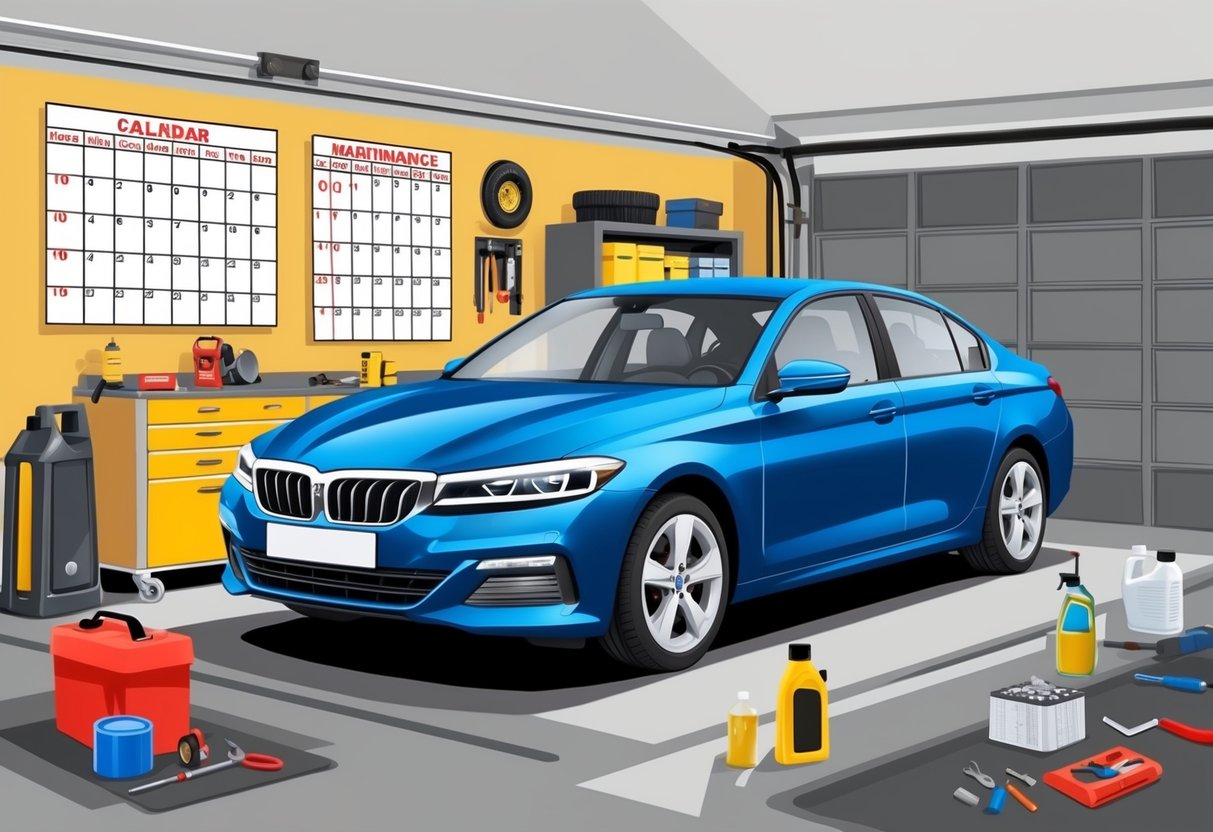
Strategies for Saving on Fuel and Petrol
Smart habits can help drivers reduce fuel expenses and get the most out of every litre. Comparing local petrol stations and staying updated on fuel price changes can make a noticeable impact on monthly costs.
Finding the Cheapest Petrol
Finding the cheapest petrol involves more than stopping at the nearest station. Petrol prices often vary between stations, even within the same area.
Apps and websites like GasBuddy and PetrolPrices let drivers compare prices quickly, ensuring they always choose the best deal available.
Price comparison tip:
- Check prices at independent stations as they sometimes offer lower rates than big brands.
- Fill up during midweek when prices tend to be lower.
Drivers can also save money by combining errands and planning their routes, reducing the number of trips and fuel used. Roads with less traffic and fewer stoplights can further boost fuel efficiency.
Always check if rewards or loyalty programs offer discounts at the pump.
Monitoring Local Petrol Prices
Closely monitoring local petrol prices helps avoid overpaying. Price changes can happen several times a week, often spiking before holidays or weekends.
Signing up for price alerts from petrol price tracking apps can give real-time updates when prices drop nearby. Many supermarkets and club retailers offer petrol discounts for members or through loyalty cards.
Keeping an eye on these promotions means regular savings. Tracking petrol purchase receipts and using a simple notebook or app can highlight patterns in petrol spending.
This record can guide when and where to buy, maximizing opportunities to take advantage of dips in petrol prices.
This attention to price trends supports better budgeting and cost control.
Frequently Asked Questions
Routine car maintenance can minimize repair costs, lengthen vehicle lifespan, and prevent major issues. Many essential tasks can be performed at home with basic tools, following regular mileage-based maintenance intervals and prioritizing checks according to both safety and budget.
What basic car maintenance tasks can be performed at home to save money?
Owners can change their own oil and oil filters, replace air and cabin filters, and check fluid levels. Brake pad replacements can also be more cost-effective when done at home for those comfortable with moderate DIY car repair.
Replacing cabin and engine air filters are among the easiest and cheapest maintenance activities to do without professional help.
How often should essential car maintenance checks be carried out?
Most vehicles benefit from an oil change every 3,000 to 5,000 miles. Alignment and tire rotation should occur every 6,000 to 8,000 miles.
Basic inspections of fluid levels, tire pressure, and belts are recommended monthly to monitor for early signs of wear or issues.
What is a cost-effective car maintenance schedule for various mileage milestones?
A simple, budget-friendly car maintenance schedule follows key mileage milestones. Oil changes occur every 3,000 to 5,000 miles, with alignments and tire rotations every 6,000 to 8,000 miles.
Cabin and engine air filters should be checked and replaced as needed, often every 15,000 to 30,000 miles depending on conditions.
What are the critical self-service car maintenance procedures to extend vehicle life?
Timely oil and filter changes remove contaminants and reduce engine wear. Checking and maintaining correct tire pressure extends tire life and improves fuel efficiency.
Owners should also monitor brake pads for wear and replace them when necessary. Brake pad replacement is a significant area for savings and vehicle safety.
How do I prioritize car maintenance tasks to stay within my budget?
Focus first on maintenance items that affect safety and prevent costly repairs. Oil changes, brake service, and tire checks should be at the top of the list.
Tracking expenses and making a monthly maintenance budget helps avoid overspending. Adjust spending as the vehicle ages.
What tools and resources are recommended for DIY car maintenance?
A basic maintenance toolkit should include a jack, jack stands, wrenches, sockets, screwdrivers, and a tire pressure gauge.
Owners will also benefit from a reliable digital tire inflator and oil catch pan.
Online resources and official service manuals provide step-by-step guides.
Video tutorials offer practical assistance for many standard maintenance procedures.